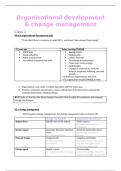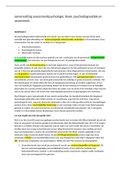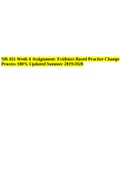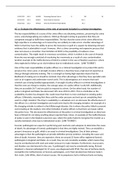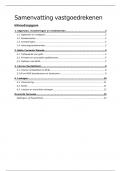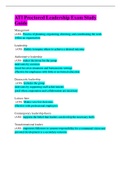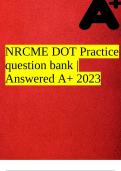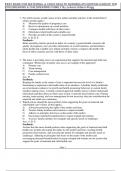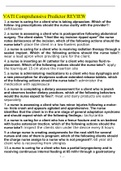Resume
Summary Organisational Development and change management - Kim De Meulenaere - UA - 2023/24
- Établissement
- Universiteit Antwerpen (UA)
Deze samenvatting omvat alle lessen van het vak organisational development and change management, gedoceerd door prof Kim De Meulenaere aan de Universiteit van Antwerpen. De lessen zijn aangevuld met informatie uit het handboek (in cursief).
[Montrer plus]
